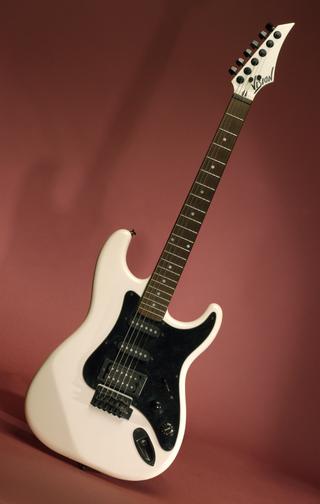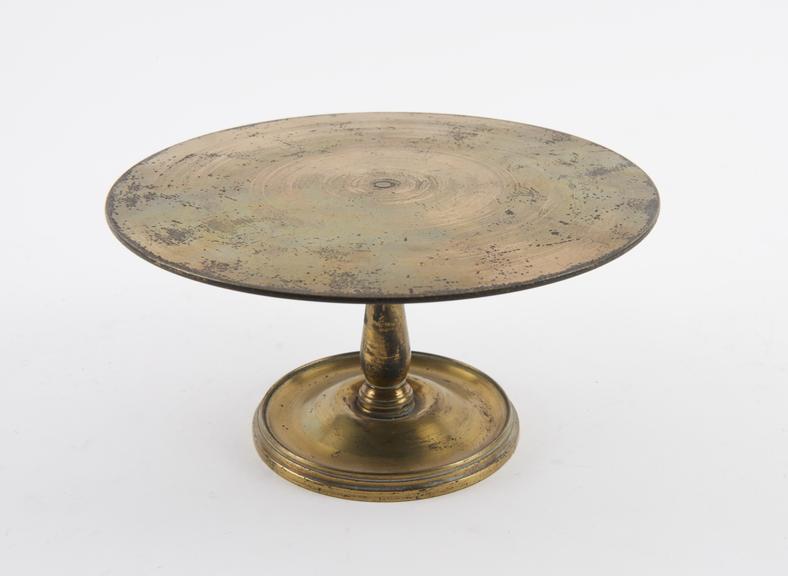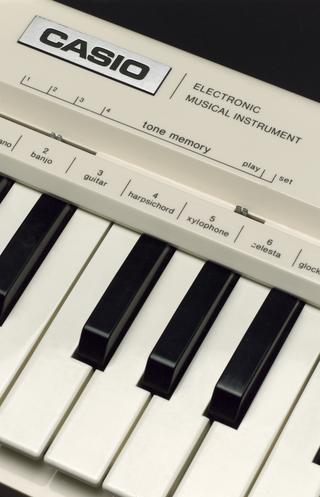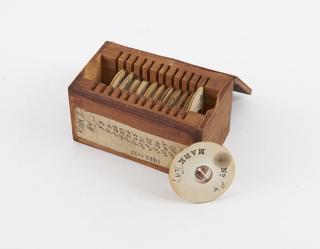
Chladni plate
- PART OF:
- Chladni Plates

Chladni plate (1 of 2)
Chladni plates, named after German physicist and musician Ernst Chladni, turn invisible soundwaves into dynamic patterns. Chladni plates consist of a circular or square flat metal sheet sprinkled with sand. When the plate is vibrated, for examples drawing a violin or cello bow across its edge, on the grains of sand move around the surface of the plate, creating the complex symmetrical patterns. Chladni experiments informed instrument making, for example in violins, to ensure front and back plates were symmetrical.
These two plates belonged to the English scientist and inventor Sir Charles Wheatstone. Wheatstone, who is mostly known for his contribution to the development of telegraphy, also experimented with optics and acoustics, like Chladni patterns.
Details
- Category:
- Acoustics
- Object Number:
- 1963-202/1
- Materials:
- brass (copper, zinc alloy) and lead (metal)
- type:
- chladni plate
- credit:
- King's College, London




